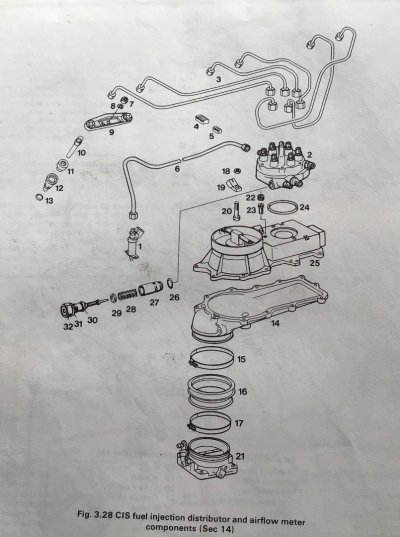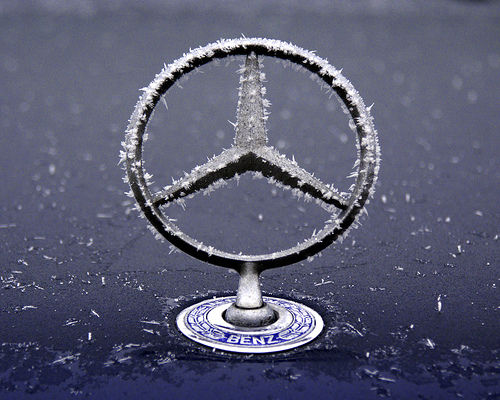Check what was previously considered as a last chance filter. So far you have fuel at pressure up to the metering unit - but no evidence of it entering the metering unit.I have to admit the filter has not been changed but there is lots of high pressure fuel reaching the unit.
I'm with carat 3.6 here - check everything before digging into the metering unit.


